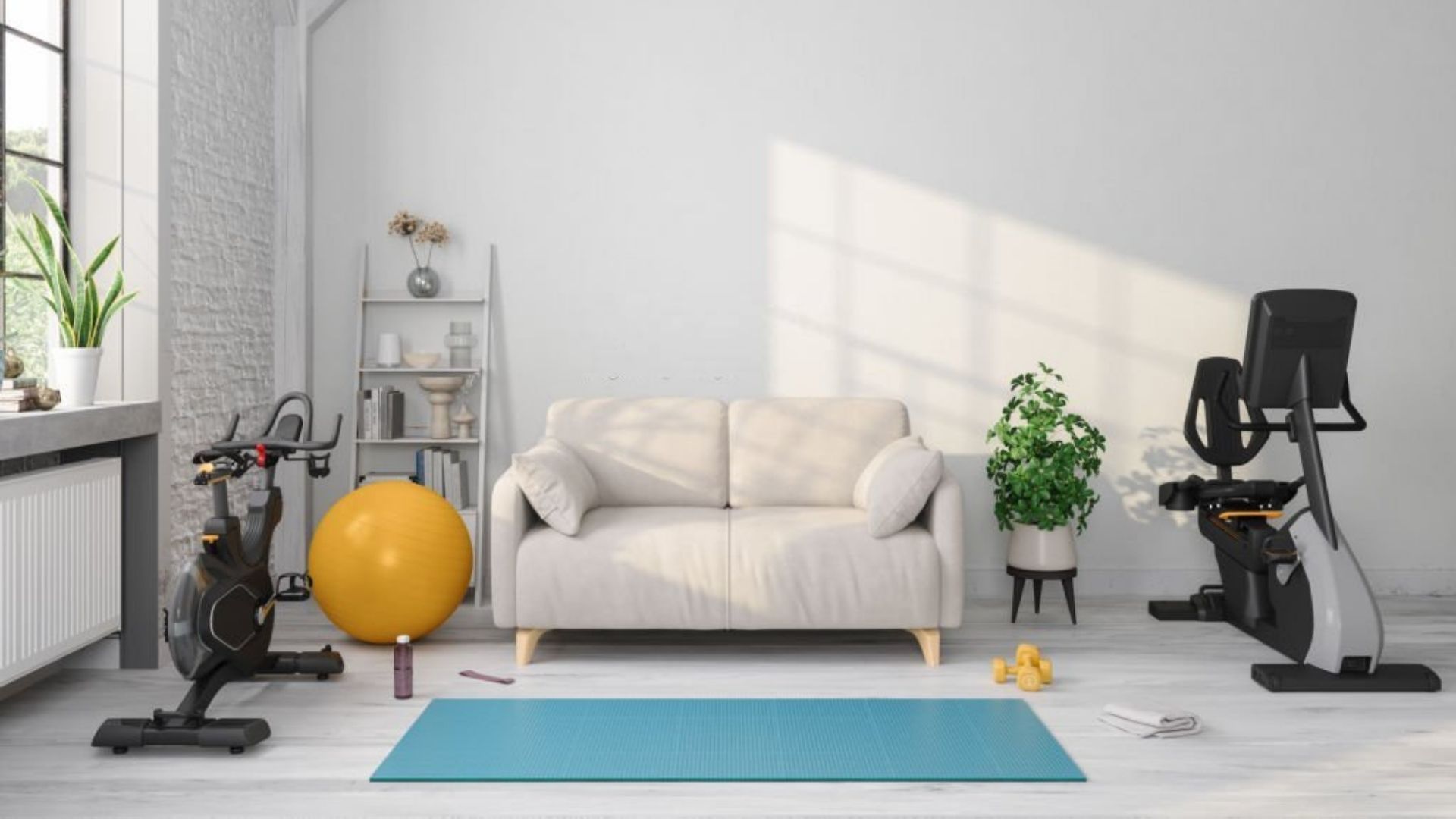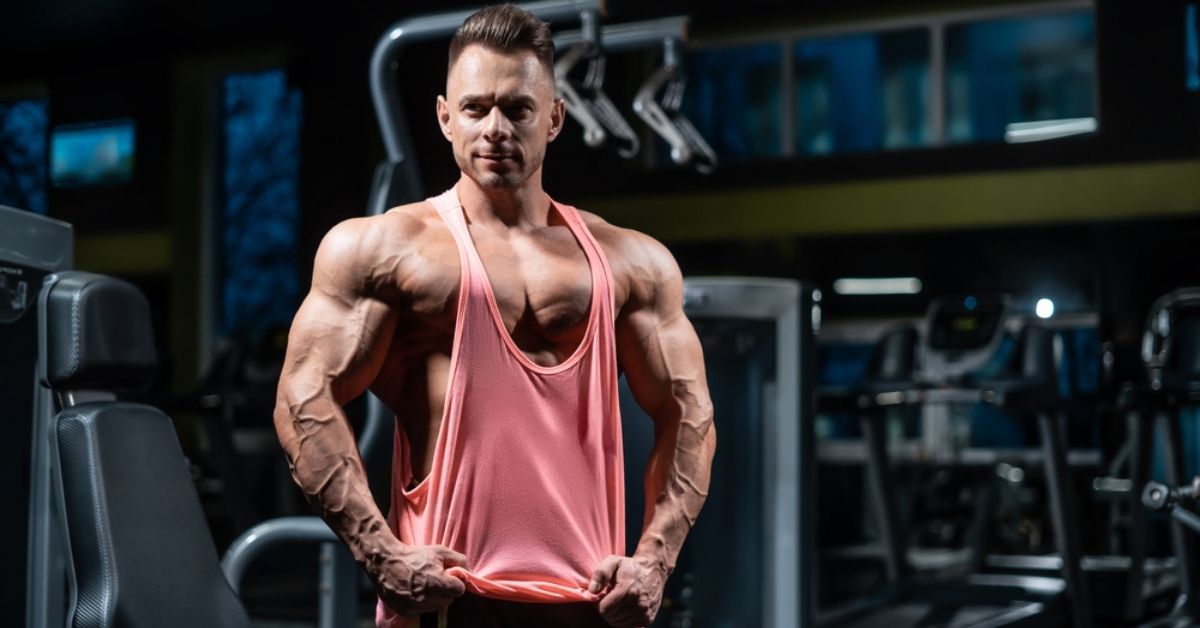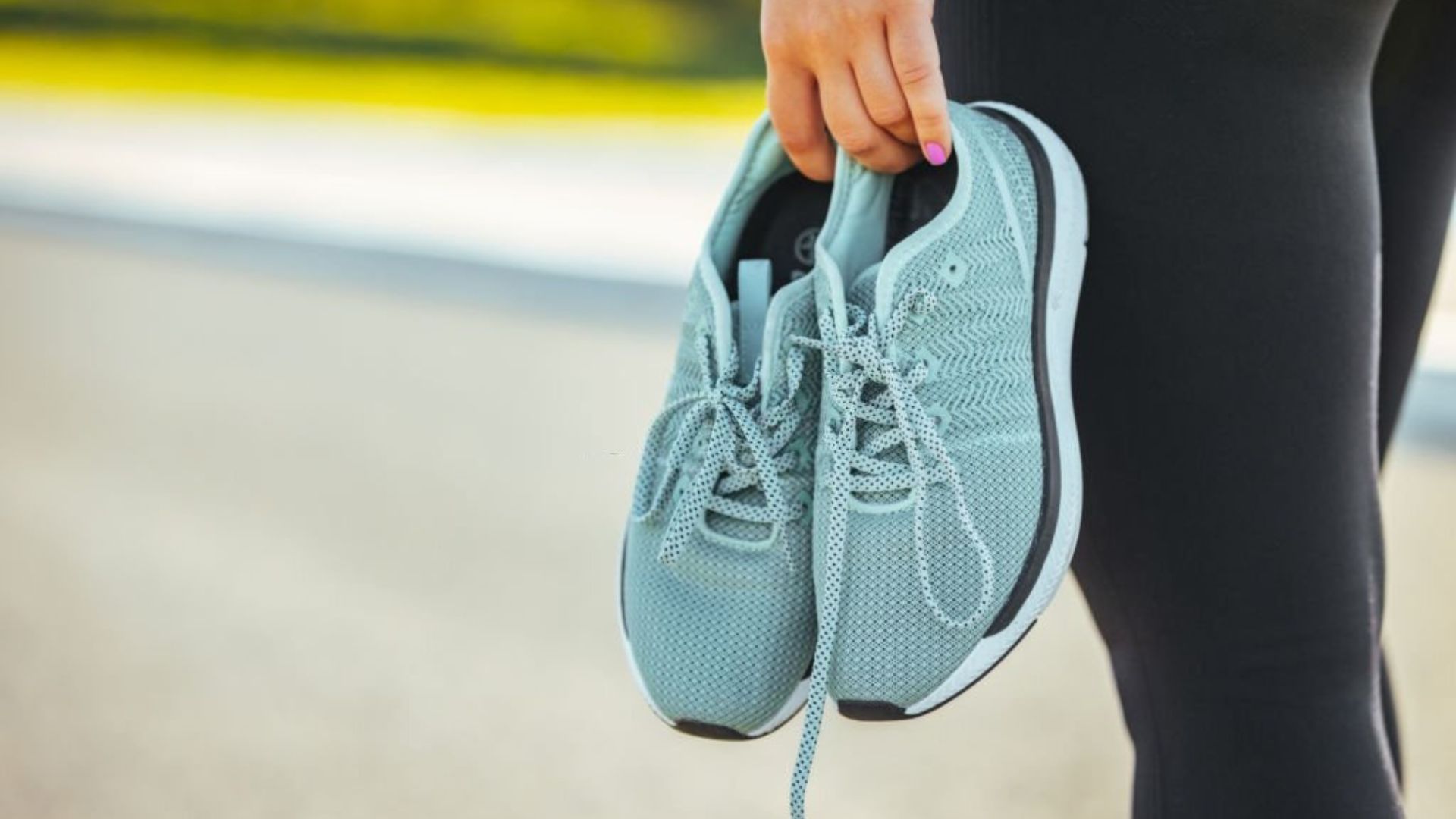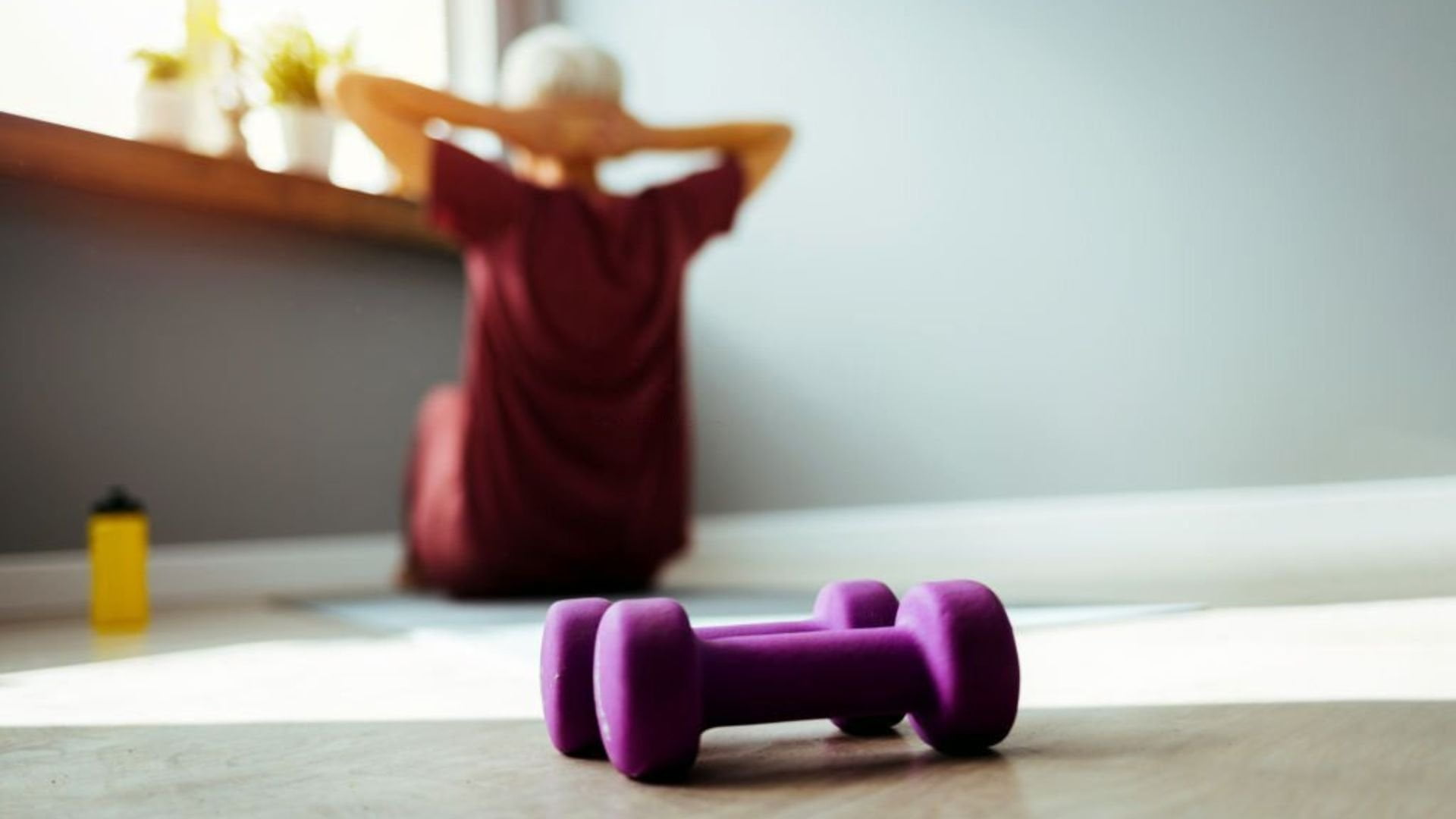
Small Apartment Home Gym Set-up
Finding the time to work out can be extremely difficult for busy working professionals. Not only do you have to consider going to work and taking care of the kids, but you also have to find not only 30-40 minutes to train but just as much to get to the gym and return home.
Because of that, many people start wondering about how they can work out at home. If you have a house with a yard or a garage – it’s easy to find a place to set up a small home gym. However, if you happen to live in an apartment, the situation gets a bit trickier.
Today, we will be talking about how you can make a small gym setup, even if you don’t have that much space available. We will discuss equipment suggestions and space optimization. And so, without further ado, let’s get started.
Building a Home Gym in a Small Apartment: The Basics
When you have a ton of free space, building a home gym isn’t that difficult of a task. However, once you know that you have limited space, the situation becomes a bit trickier, and you have to do a little extra planning before going off to buy the equipment.
The thing is, if you have a small apartment, you likely won’t be able to use an entire room for working out. That means that you can’t buy a ton of equipment and accessories, and you need to consider how to maximize the available space you have. The three main things you need to look for are:
- Compact, small equipment
- Versatile gear
- Foldable equipment
Finding and getting these kinds of fitness accessories will enable you to get versatility in your training sessions without taking up that much space.
The Three Essential Items
No matter how compact and versatile the gear is, when you have minimal space, there’s still not a ton you will be able to fit in. That’s why it’s key to focus on only a few must-have items and to ensure you get them in the best quality possible. We’ve narrowed down our list of essential equipment pieces to just three.
Let’s take a look at them.
Collapsable Bench
The first critical item you should look to get is a collapsable FID bench. Essentially, FID stands for flat, incline, and decline, meaning that it can be used for all kinds of exercises as it allows you to switch your position. Usually, these benches are big, bulky, and take up a ton of space, making them not the optimal choice for a small apartment gym. However, in recent years, the market has developed collapsable FID benches – ones that can be folded flat and kept under the bed or in a closet. That way, you can pull it out whenever you need it, and you can put it back in its place once you’re done with your workout.
Pull-Up Bar
The easiest way to train your back at home is with a pull-up bar. Thankfully, finding a pull-up bar for the doorway is not difficult, and this piece of equipment allows you to save on space while still getting gear that’s extremely useful for daily workouts. Along with working out the back, a pull-up bar can also be used to target your abs, and it’s great equipment for stretching the upper body. It’s also relatively cheap and extremely easy to find and store, so there’s no excuse for not getting one for your own needs.
Adjustable Dumbbells
One of the best things the fitness market has come up with in the last few years is adjustable dumbbells. Essentially, they enable you to store only one set of dumbbells, but you can adjust their weight so that they’re suitable for different workouts and muscle groups. The dumbbell is a must-have piece of gym equipment as it’s extremely versatile, and dumbbell training sessions enable you to effectively target all the muscles in your body. Additionally, they don’t take up a lot of space and can easily be moved if you’re switching apartments.
Additional Equipment for Your Home Gym
If you think you can fit more gear into your apartment, then we have a few more items that we think could fall into the “essential” list and are definitely nice to have if you’re looking to work out a lot.
Stationary Bike
Having a stationary bike is a great way to get in a cardio session daily, and it also is one of the only cardio machine options that won’t bother the neighbors or the people you live with. Along with that, they’re relatively cheap and extremely easy to find, making them an ideal solution for some stay-at-home sweaty sessions.
Kettlebells
Much like dumbbells, kettlebells are also super versatile and don’t take up a lot of space, which makes them a better option than barbells or machines for small home gyms. Additionally, on the market, you can find adjustable kettlebells, so you get one piece of equipment that can be changed to a different weight according to your needs.
Resistance Bands
Having a few pairs of bands that offer different resistance can help you get more out of your workouts, and it gives you more versatility as to what kind of training sessions you can do. For example, if you’re someone that enjoys doing pilates or bodyweight workouts, bands are a terrific way to make the exercises more challenging.
Before You Go
Hopefully, this article gave you an idea of how to go about building a small apartment home gym. The key tips that you need to remember are:
- look for versatile equipment;
- make sure you maximize free space;
- get gear that can be folded and put away.
By following these simple principles, you will surely be able to equip your home with everything you need for a solid workout. Remember, it’s vital to get the kind of equipment that suits your training needs and goals – that way, you won’t have any unused stationary bikes or kettlebells gathering dust.











